Venezuela year 1992 WWF Turtles Red footed tortoise Max cards set
The Red-footed Tortoise (Chelonoidis carbonarius) is a popular species of tortoise known for its distinctive red or orange scales on its limbs, head, and tail. These tortoises are native to South America but are also found in the Caribbean, including islands like Antigua and Barbuda. Here’s a detailed overview of the Red-footed Tortoise:
Description
- Appearance: The Red-footed Tortoise has a dark brown to black shell with a slightly domed shape. Its limbs, head, and tail are adorned with red, orange, or yellow scales, which give the tortoise its name.
- Size: Adults typically reach lengths of 12-14 inches (30-36 cm), although some individuals can grow larger. They weigh between 15-20 pounds (7-9 kg).
- Lifespan: These tortoises can live for 50 years or more in captivity, with some reaching up to 80 years.
Habitat
- Native Range: The Red-footed Tortoise is native to a wide range of habitats in South America, including the Amazon Basin, grasslands, and forest edges.
- Introduced Range: They have been introduced to various Caribbean islands, including Antigua and Barbuda, often as pets or through human activities.
Diet
- Omnivorous: Red-footed Tortoises have a varied diet that includes a mix of plant and animal matter.
- Plant Matter: Their diet mainly consists of fruits, flowers, leaves, and grasses.
- Animal Matter: They also eat invertebrates, small animals, and carrion, providing them with necessary proteins.
Behavior
- Activity: Red-footed Tortoises are diurnal, meaning they are active during the day. They often seek shade or burrow during the hottest parts of the day to avoid overheating.
- Reproduction: Mating typically occurs during the rainy season. Females lay clutches of 5-15 eggs, which incubate for 4-6 months before hatching.
Conservation Status
- Threats: The primary threats to Red-footed Tortoises include habitat destruction, illegal pet trade, and predation by introduced species.
- Conservation Efforts: Conservation programs aim to protect their natural habitats and regulate the pet trade to prevent over-exploitation. Education and awareness campaigns also play a crucial role in their conservation.
Care in Captivity
- Habitat: In captivity, Red-footed Tortoises require a spacious enclosure with access to both sunny and shaded areas. They need a humid environment to mimic their natural habitat.
- Diet: A balanced diet in captivity includes a variety of vegetables, fruits, and occasional protein sources like insects or cooked meat.
- Health: Regular health check-ups are important to monitor for common health issues such as respiratory infections, shell deformities, and nutritional deficiencies.
Interesting Facts
- Color Variations: The color and intensity of the red or orange scales can vary greatly among individuals, influenced by their diet and genetic factors.
- Intelligence: Red-footed Tortoises are known to be quite intelligent and have been observed using visual cues to navigate their environment.
Conclusion
The Red-footed Tortoise is a fascinating and resilient species with unique physical characteristics and behaviors. Conservation efforts are crucial to ensure their survival in the wild, while responsible pet ownership can help maintain healthy populations in captivity. By understanding and appreciating these tortoises, we can contribute to their protection and preservation for future generations.


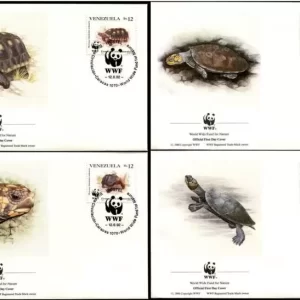


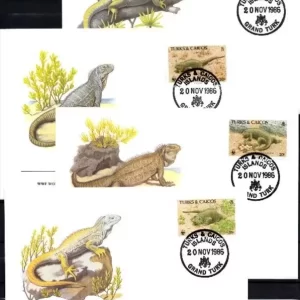

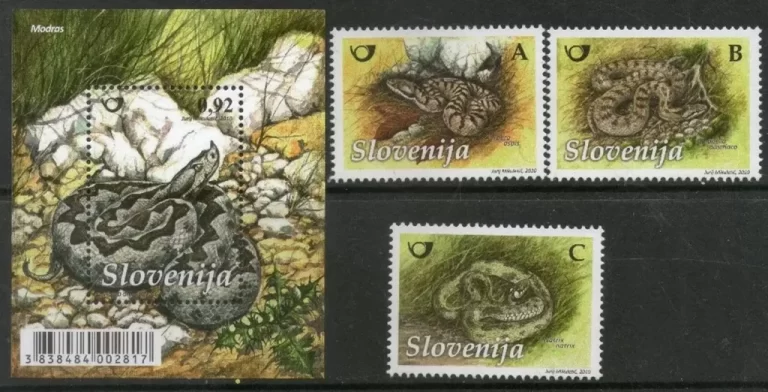
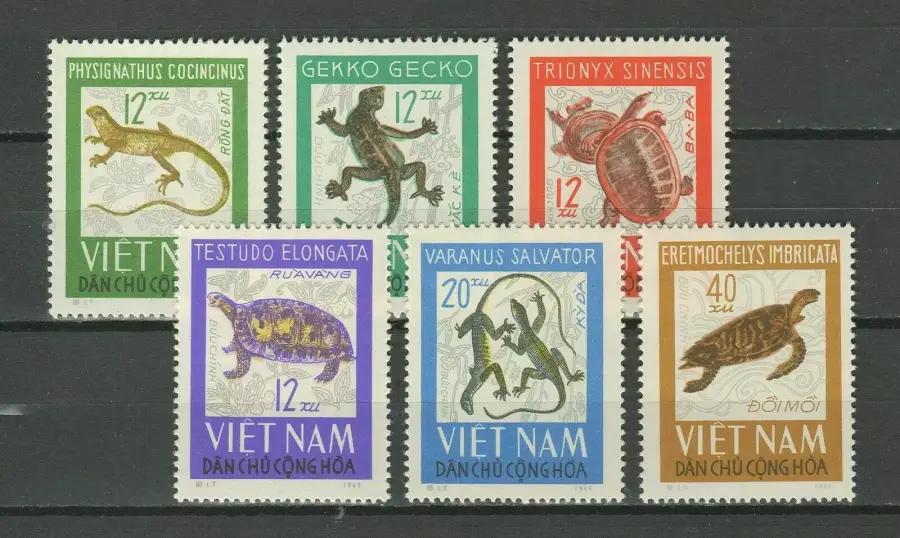
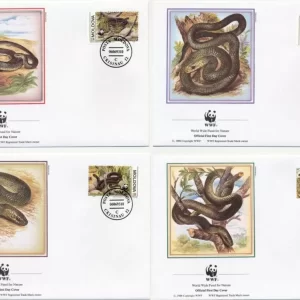
Reviews
There are no reviews yet.